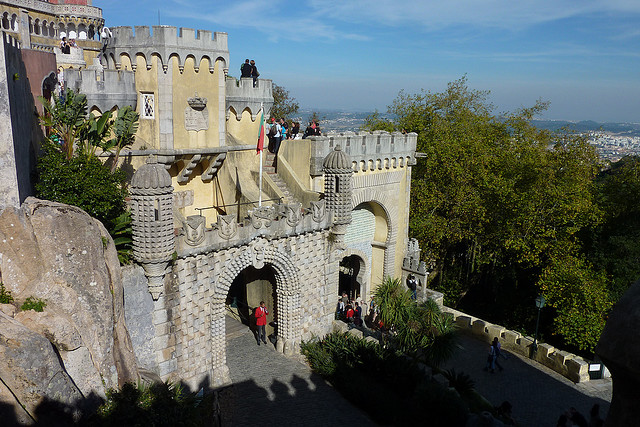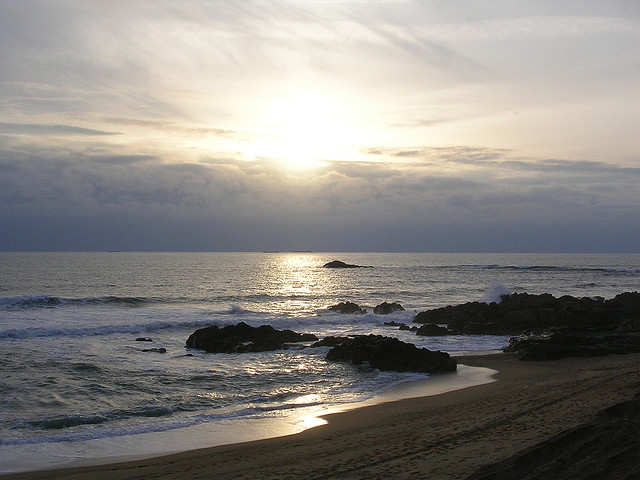Portugal is not a very large country but has a lot of things to do and see. This itinerary starts in the capital and visits Porto, Braga, Coimbra and Faro. Both the Lisbon and Faro itineraries include a day trip to a near-by place.
Itinerary assumptions
- You will fly into Lisbon and fly out of Faro
- You will stay in budget hotels or hostels easy to reach by public transportation. Book in advance unless you plan to pay a fortune.
- You will use the train to get between the cities. Alternatively, you can rent a car for your stay.
Day 1-3 Lisbon with Sintra day trip

On Day 1 get to know the city with a free walking tour https://lisbonfreetour.blogspot.ro/ which takes about 2 ½ h. Then check out Baixa and Alfama. And you should take tram 28 for a spin around the historical sites of the city.
Spend day 2 in Bairro Alto and then in Belem. Maybe spend some time shopping in Chiado.
On day 3 plan a day trip to Sintra. The Moorish Castle and Pena Palace should not be missed.
Read more about :
>>Getting from Lisbon to Sintra
>> 3 Days in Lisbon
Day 4-5 Porto

There are 18 train departures per day from Lisbon to Porto and the fare starts at €24 for an adult, one way. The travel time is 3 h.
Some of the things to do in Porto include : visiting museums – Museu do Arte Contemporânea is probably the best in the city – , indulge in Port tasting , enjoy the Portuguese food , spend time in Ribeira district, check out the baroque tower of Clérigos Church and spend some time on the beach .
>>read about Getting from Lisbon to Porto
Day 6 Braga

Braga is an ancient and modern city . It can be reached by train from Porto (€19.50 one way , 37 min journey). The historical center comprises old churches, museums and shops.
Day 7 Coimbra
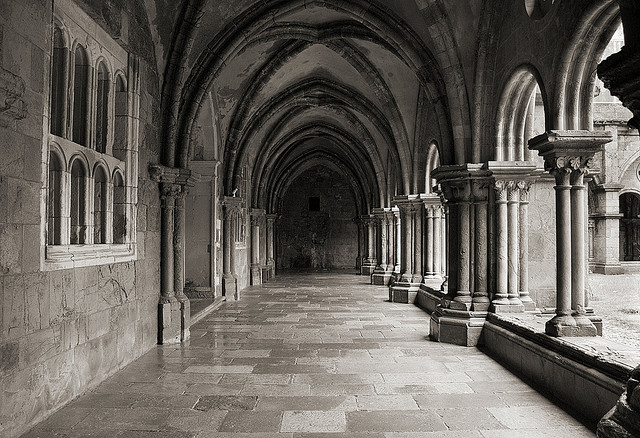
From Braga, catch another train to Coimbra (€20 one way, 1h 37 min journey time). The city is home to one of the oldest universities in Europe. Don’t miss the Medieval Downtown and the Old Cathedral.
You can also visit the museums and spend some time in nature. Check out the Botanical Gardens and the city parks.
Day 8 -10 Faro

The direct train from Coimbra to Faro takes about 4 ½ h and the single fare starts at €44.
Faro does have a reputation of being a party beach town but it is also a good base to explore the Algarve . Come in the off-season and you’ll avoid the mass of party goers.
The Old City , with cobblestone streets and 18th century Portuguese and Moorish-influenced architecture, is a good place to get a feel of the old era.
Plan a day trip to The Parque Natural da Ria Formosa. It offers excellent opportunities for walks and boat tours. Plus, you can see interesting plans and animals.
The historic city of Tavira can also be a good side-trip. There are trains connecting the two cities. Spend half a day visiting castles, churches and soaking up the history.
In case you plan to drive in Portugal, here is a map of the itinerary:


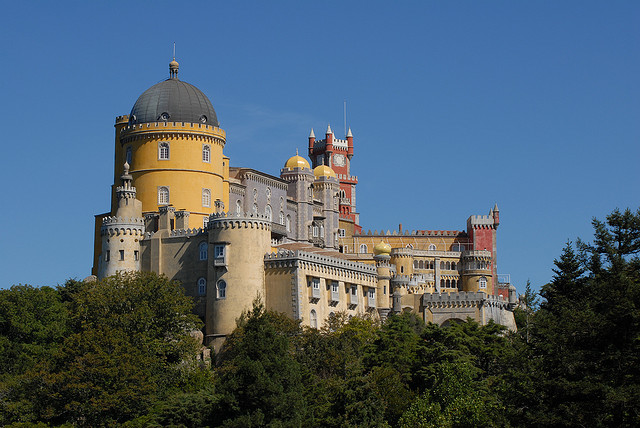

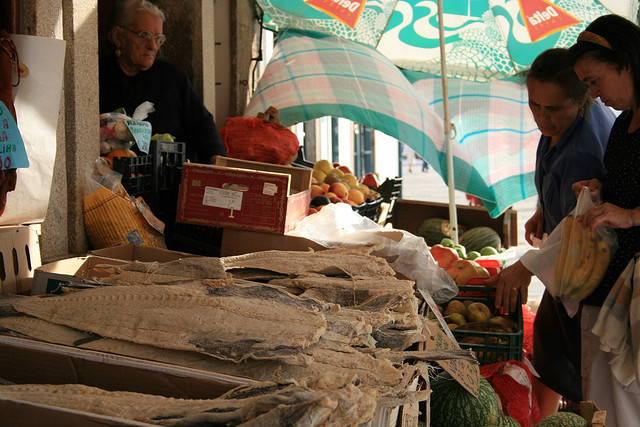

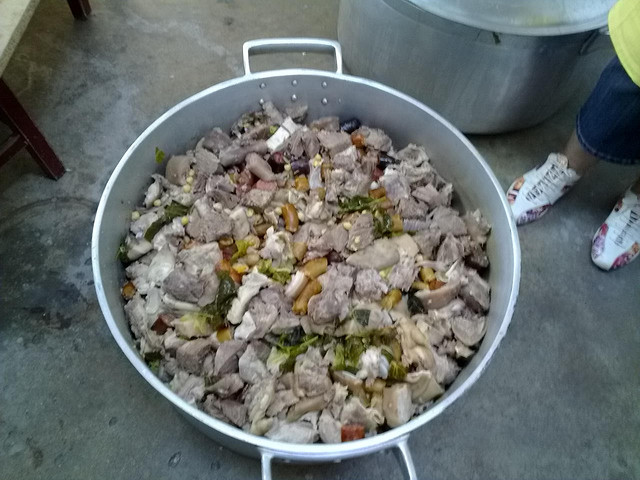
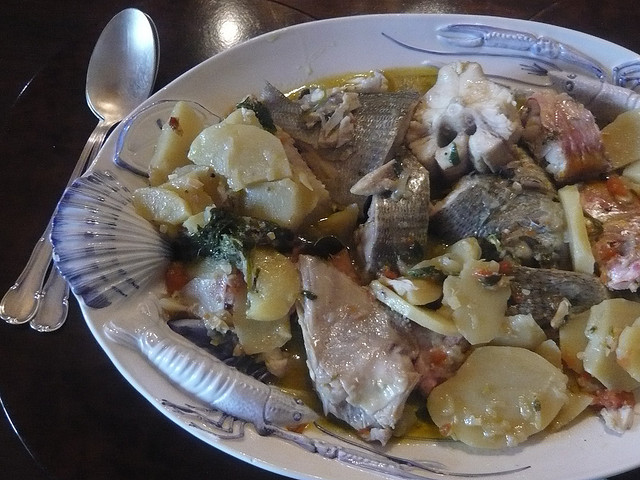
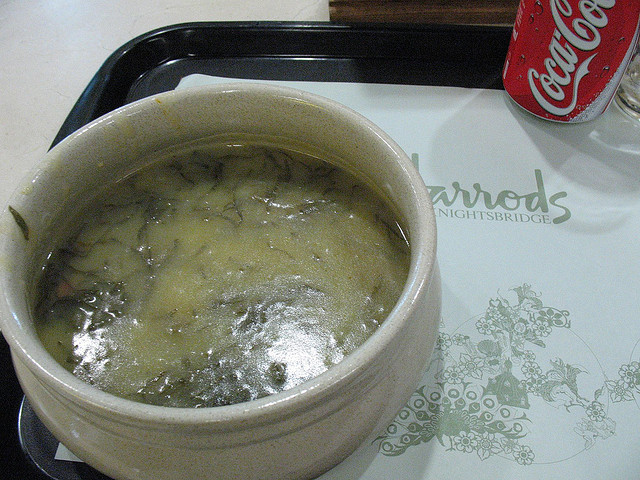
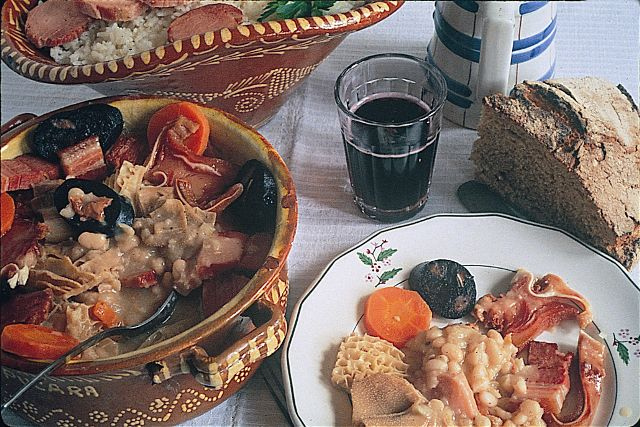
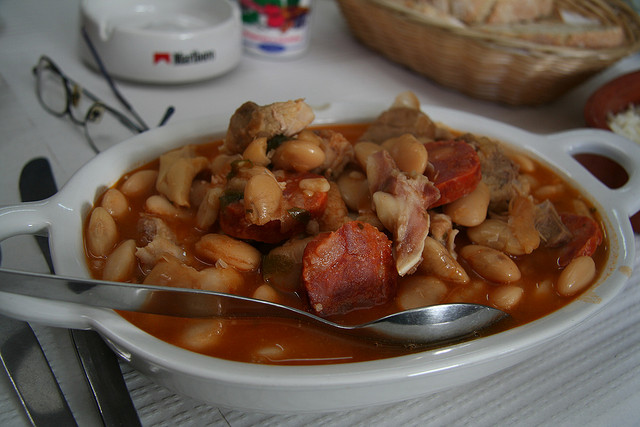

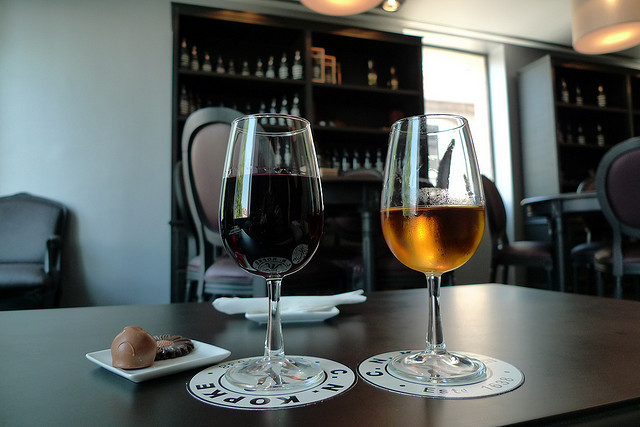

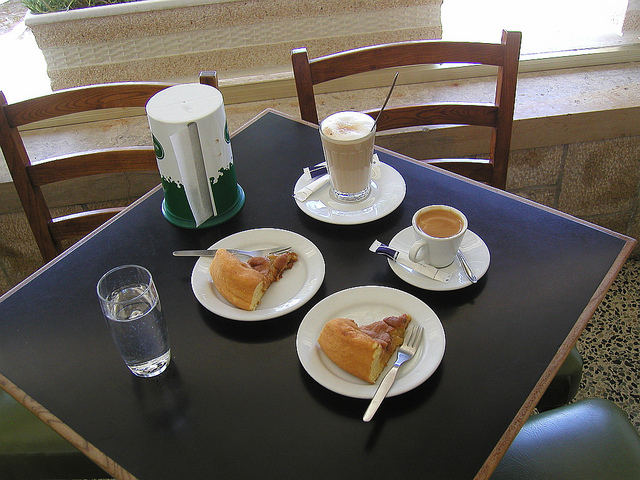
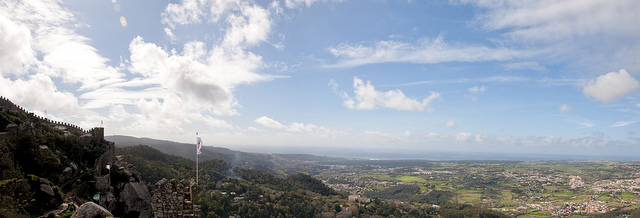

 Faro is the main gateway into the
Faro is the main gateway into the  Faro is the main gateway into the
Faro is the main gateway into the  When one hears the word “Carnival” (or “Carnaval”), the city of Rio and the country of Brazil also spring in mind. But, those parades actually have their origins in Portugal , the country that settled Brazil.
When one hears the word “Carnival” (or “Carnaval”), the city of Rio and the country of Brazil also spring in mind. But, those parades actually have their origins in Portugal , the country that settled Brazil. 